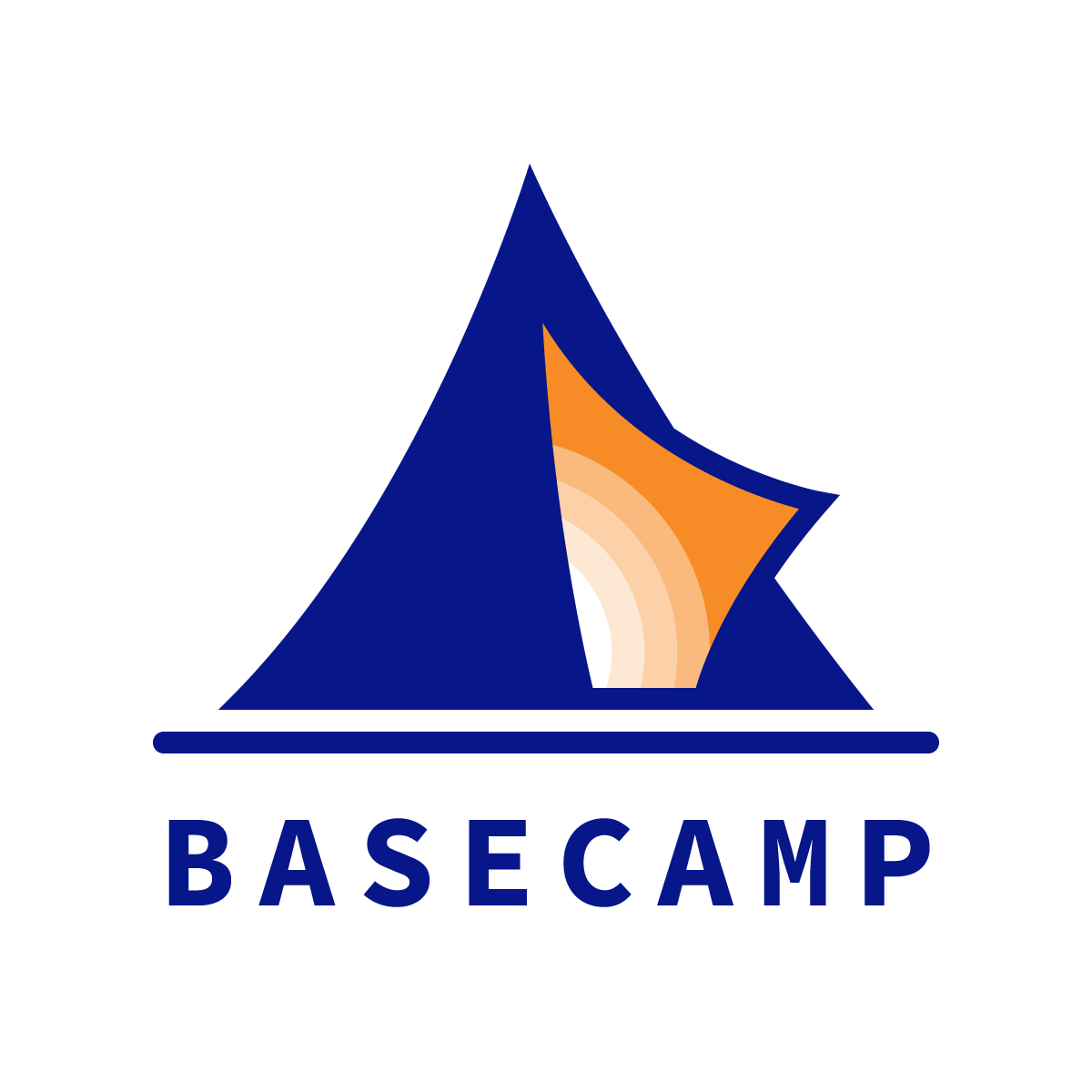Future of Learning Top Reads for week of Jan 8 2018
Photo by Matt Brockie on Unsplash
"LinkedIn’s 2017 U.S. Emerging Jobs Report," by the Economics Graph Team, on LinkedIn
- Tech is king
- Soft skills matter
- Jobs with high mobility on the rise
- Low supply of talent for top jobs
- Future-proofing skills is critical
Why does this matter to the future of learning?
The particulars of this report are less striking than the fact that the LinkedIn platform now provides a big data set that updates in real time. Rather than waiting years to learn about whether school is preparing learners for the global economy, we can look at LinkedIn data to see where things are right now. For more on how big data can transform the link between big data / new data and "preparing students for life" (a common school mission statement criterion), the Basecamp team strongly recommends Everybody Lies: Big Data, New Data, and What the Internet Can Tell Us About Who We Really Are, by Seth Stephens-Davidowitz (2017).
***
"15 Learning Predictions for 2018," by Tom Vander Ark on Getting Smart
- More Social and Emotional Learning
- More Project-Based Learning
- More Artificial Intelligence
- More Chioce
- More Microcredentials
- More Platform Networks
- More Updated Grad Profiles
- More Writing Feedback Systems
- More Virtual Reality
- More Interoperability
- More Autonomous Transportation
- More Chinese EdTech
- More Microschools
- More Place-Based Learning
- More Entrepreneurship Education
Why does this matter to the future of learning?
Sometimes it's hard to tell whether Tom Vander Ark actually has a crystal ball or whether he is such a visionary that people rush to build what he describes. One way or the other, schools that want a competitive advantage would do well to pay attention when he prognosticates.
***
"A New Approach to Designing Work," by Nelson P. Repenning, Don Kieffer, and James Repenning, in MIT Sloan Management Review
"If the work being designed consists of well-defined tasks (for example, assembling components), then it is best to organize it serially, or, as we label the cell on the bottom left, using the 'factory' mode. Conversely, if the work is highly ambiguous and requires ongoing interaction (for example, designing new products), then the work is best organized collaboratively, or, as we label the cell on the top right, in 'studio' mode."
Why does this matter to the future of learning?
As Grant Lichtman has often said, we need to update school's "operating system." One lever to pull in that upgrade is designing teamwork. As this MIT Sloan research study shows, it is not enough to form teams (a hard enough upgrade for schools to make)—those teams also need to discern when they should be working in 'factory' mode and when they should shift to 'studio' mode. This upgrade becomes much easier when a school has invested in a strengths-based culture and a feedback culture, so that teams can work dynamically and get the best out of every teammate.
***
Do you know someone who would find the Ed:Future blog worthwhile reading? Please let them know that they can subscribe here

